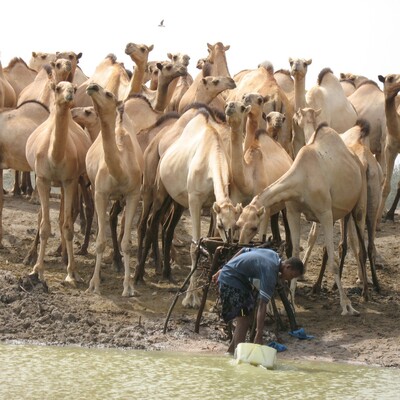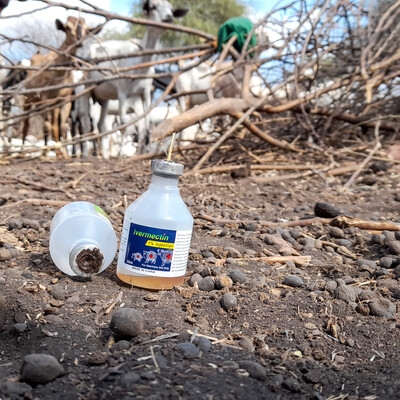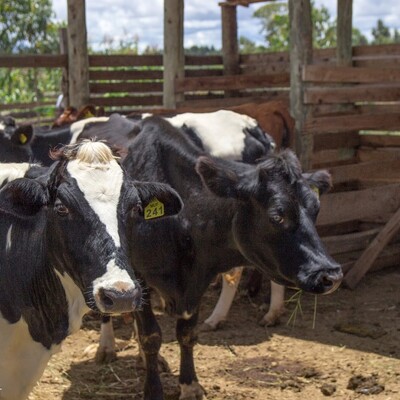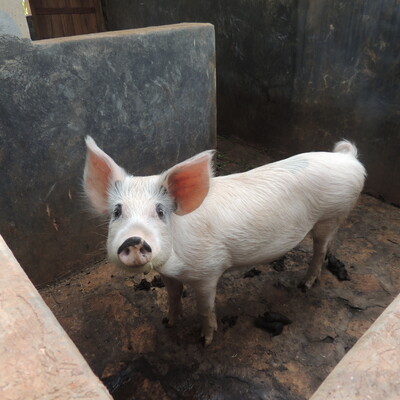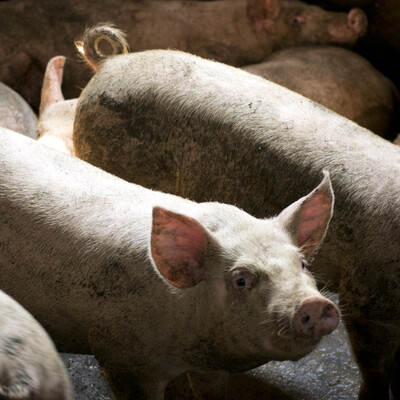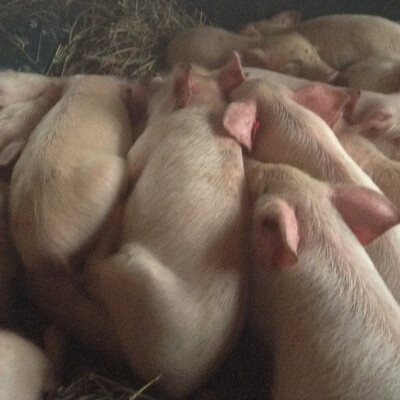
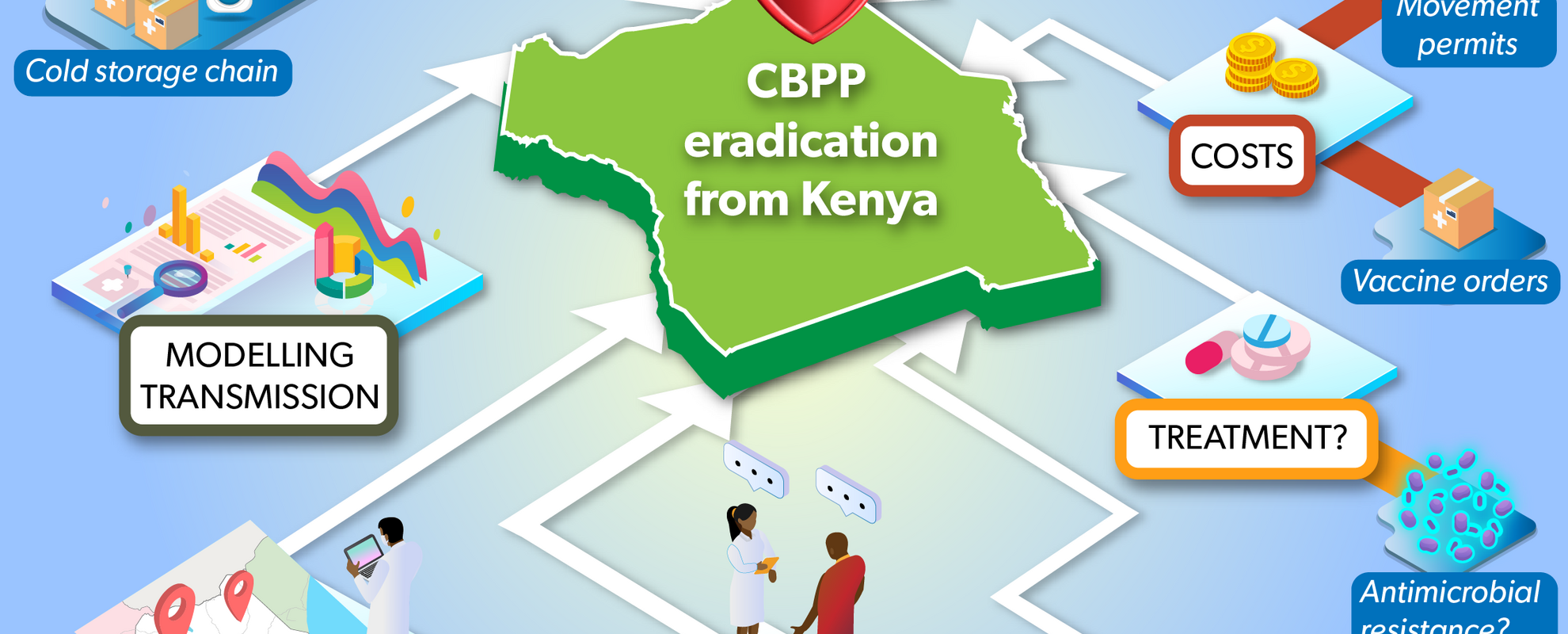
ILRI teams up with Kenyan government and partners to eradicate a severe cattle lung disease
A deadly disease has long plagued the animals and livelihoods of cattle farmers in Kenya. It is contagious bovine pleuropneumonia (CBPP), a bacterial disease which can kill up to 50-80% of a susceptible cattle herd.
What will it take to eradicate it?
We may know the answer within the next two years, as the International Livestock Research Institute (ILRI) is joining forces with the Kenya Agricultural and Livestock Research Organization (KALRO) and the Directorate of Veterinary Science (DVS) to combat this disease.
CBPP infects the lungs of cattle and water buffalo, causing damaging lesions that result in laboured breathing, coughing, fever and lethargy.
The disease-causing bacteria are emitted in an infected animal’s saliva and mucus, so the disease can rapidly spread throughout a herd by inhaled respiratory droplets.
In Kenya, the disease is widespread in pastoral areas and intermittent outbreaks are experienced with moderate to high levels of economic impact.
The disease is endemic in several African countries, yet in other countries of the continent and around the world it has been successfully eradicated. Now Kenya aims to follow suit.
In December 2024, the DVS, County Directors of Veterinary Services, representatives from KALRO, the Kenya Veterinary Vaccines Production Institute (KEVEVAPI), the Regional Veterinary Investigation lab, Garissa (RVIL) and ILRI scientists convened in Naivasha for a two-day workshop to identify the challenges of controlling the disease, and to discuss ILRI’s proposed workplan.
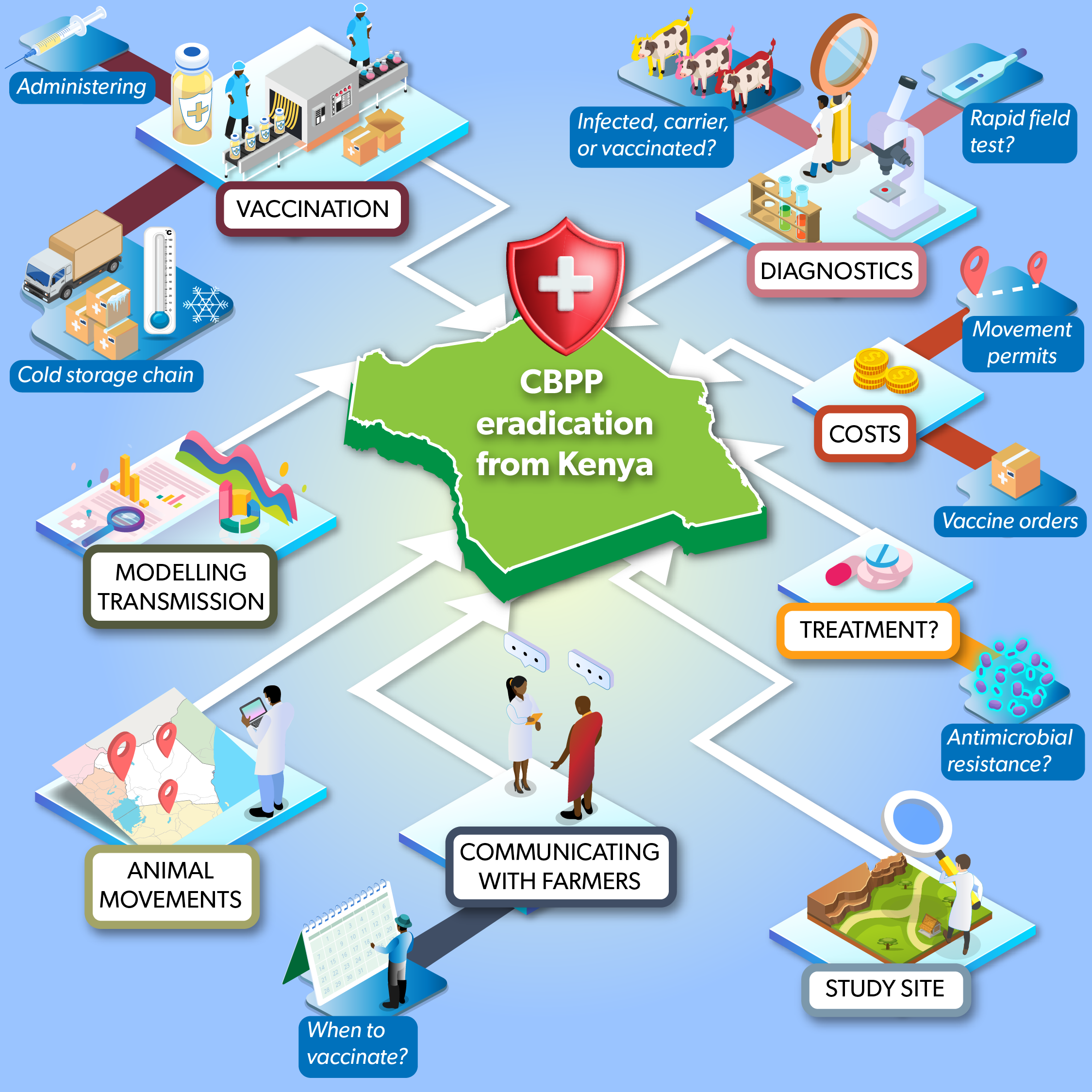
“We want to frame our research agenda to address the questions that farmers and other stakeholders have,” said Musa Mulongo, ILRI senior scientist and workshop lead.
The discussions covered not only questions about vaccines, treatment, diagnostics and field trials, but also of attitudes and socioeconomic factors, including cattle movement, and the cost of managing the disease. One aspect was clear—achieving a CBPP-free country will require a long-term concerted effort by all stakeholders, from farmers to scientists to policymakers.
Vaccination
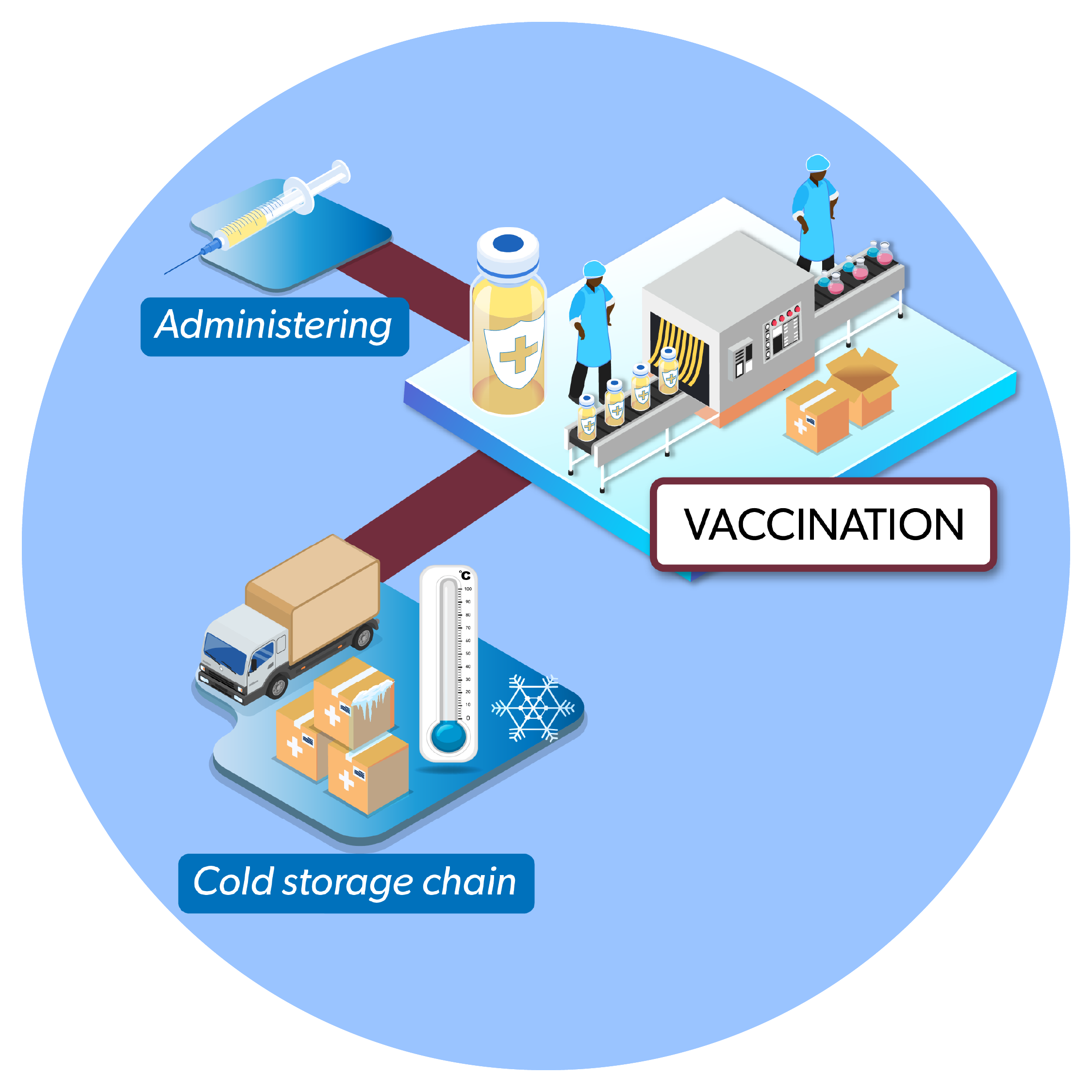 The most widely used vaccine is known as T1/44, created from a weakened form of the CBPP bacteria. It can provide immunity for around one year and has an efficacy of around 60 percent. This efficacy increases with subsequent vaccinations.
The most widely used vaccine is known as T1/44, created from a weakened form of the CBPP bacteria. It can provide immunity for around one year and has an efficacy of around 60 percent. This efficacy increases with subsequent vaccinations.
In Kenya, the vaccine is produced by KEVEVAPI.
Juliet Masiga, a graduate research fellow at ILRI, explained that vaccine doses are currently made yearly according to orders from counties. For example, in 2023-24, over 6 million CBPP doses were produced.
But once the vaccines leave KEVEVAPI, if they are poorly stored with inadequate refrigeration they become ineffective and cause farmers to lose confidence in them. Workshop participants discussed if a more thermotolerant vaccine could be made to mitigate the storage (cold chain) challenges.
But until that idea becomes a reality, in the meantime T1/44 must be stored correctly. Farmers and veterinary workers will also need training and proper equipment in how to do this.
At the end of the cold chain, the vaccine also needs licensed service providers to administer it properly to animals.
To treat or not?
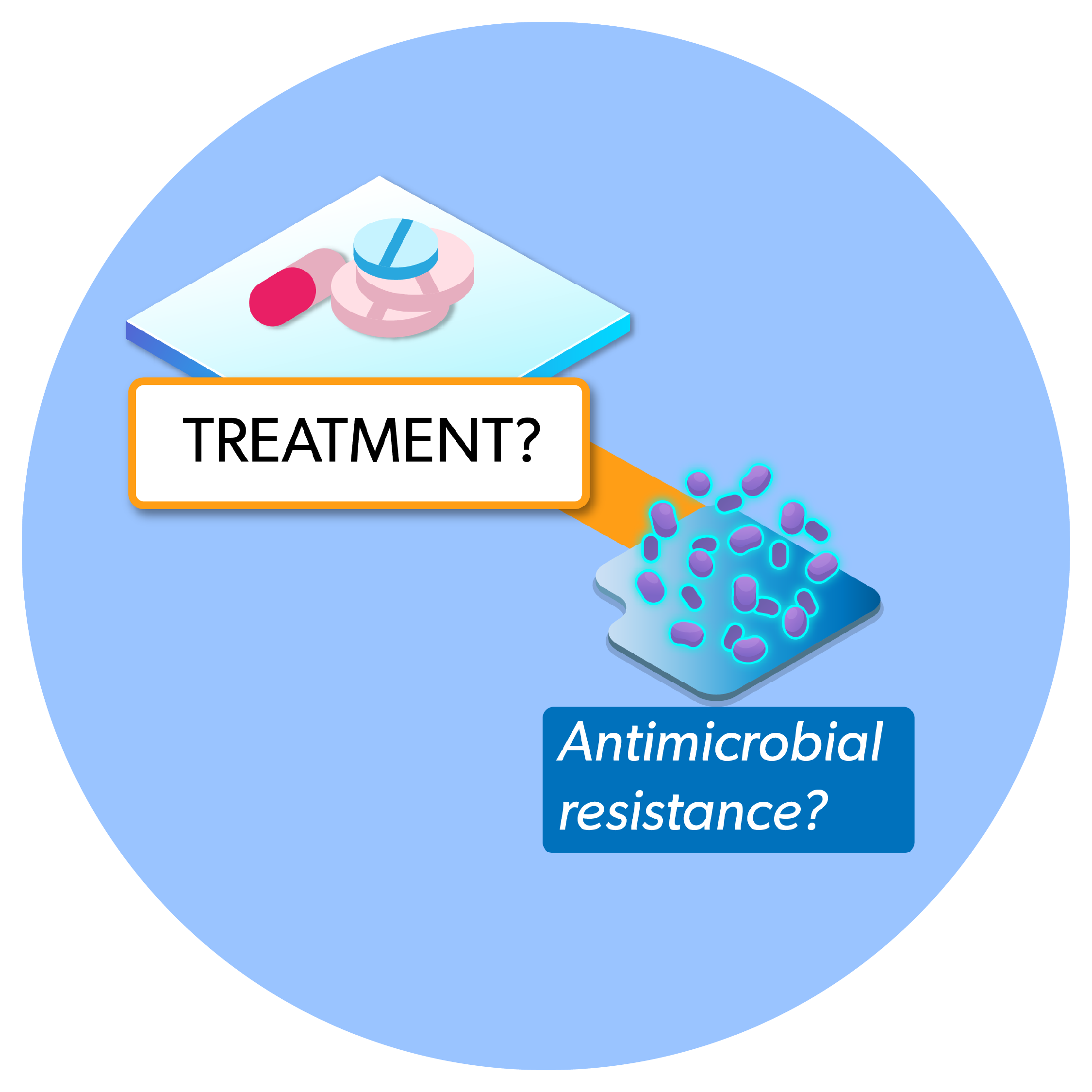 Treatment for CBPP is not encouraged and therefore, there are no official guidelines for treatment.
Treatment for CBPP is not encouraged and therefore, there are no official guidelines for treatment.
However, the reality on the ground is that farmers and veterinary officers often attempt to treat symptoms with various antibiotics.
Acknowledging this reality, Mulongo urged the attending county representatives to be transparent about what treatment practices they are aware of.
While some antibiotics are effective to treat CBPP, scientists will need to determine how and when to treat animals.
According to Hezron Wesonga, a retired scientist from KALRO and an expert on CBPP, treatment is around 80% effective, depending on the antibiotics used. So in places where vaccine acquisition is delayed, treatment could help reduce the spread of CBPP.
However antibiotic use adds further costs and risks causing antimicrobial resistant bacteria to develop. ILRI scientist Angela Makumi emphasized that antimicrobial resistance is an important issue to address if involving antibiotics in CBPP control.
The proposed project will help to generate data regarding these questions, and both the DVS and the World Organisation for Animal Health will be engaged to align or influence change on the existing treatment regulations, said Mulongo.
Diagnostics
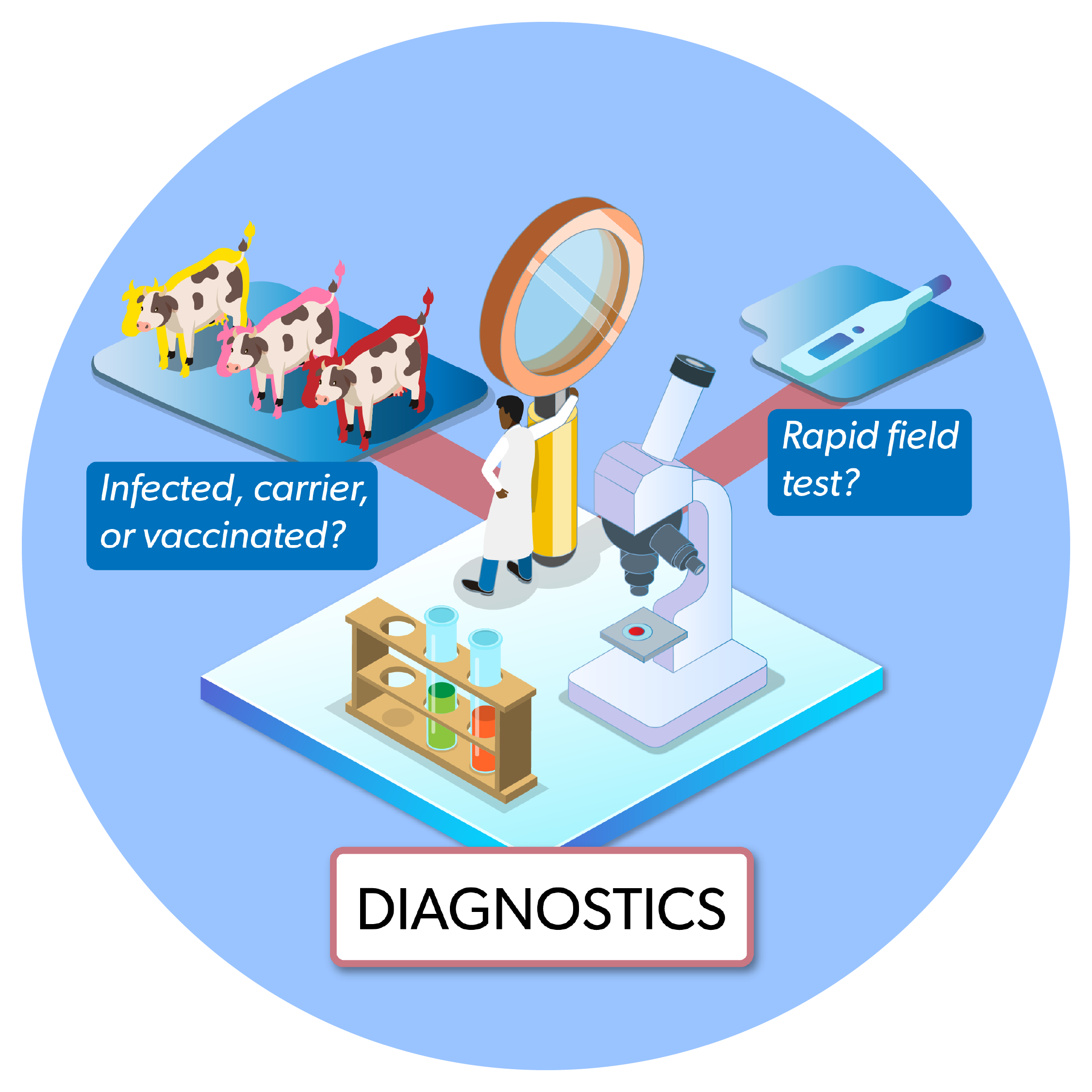 Currently, CBPP is diagnosed in the field by assessing disease symptoms in live or dead animals. It can also be diagnosed in the lab by looking for immune response antibodies in blood samples from live animals, or for bacteria from lung samples collected post-mortem. But these tests often take a long time, around 3-4 weeks. There is an urgent need for rapid and accurate, field-based tests that can distinguish CBPP from diseases with similar symptoms.
Currently, CBPP is diagnosed in the field by assessing disease symptoms in live or dead animals. It can also be diagnosed in the lab by looking for immune response antibodies in blood samples from live animals, or for bacteria from lung samples collected post-mortem. But these tests often take a long time, around 3-4 weeks. There is an urgent need for rapid and accurate, field-based tests that can distinguish CBPP from diseases with similar symptoms.
There are also hidden issues specific to CBPP. Animals that survive CBPP become hidden carriers of the bacteria. We need to develop tests that can identify these hidden carriers. And vaccinated animals can still get infected, though they develop less severe symptoms like smaller lung lesions.
It is currently very hard to distinguish whether an animal has tested positive due to previous infection, active infection, or vaccination. Nor is there a test to establish how well the CBPP vaccine has worked in an animal.
ILRI scientist Elise Schieck expressed optimism that the proposed project will help develop better diagnostics for these issues.
Animal movements
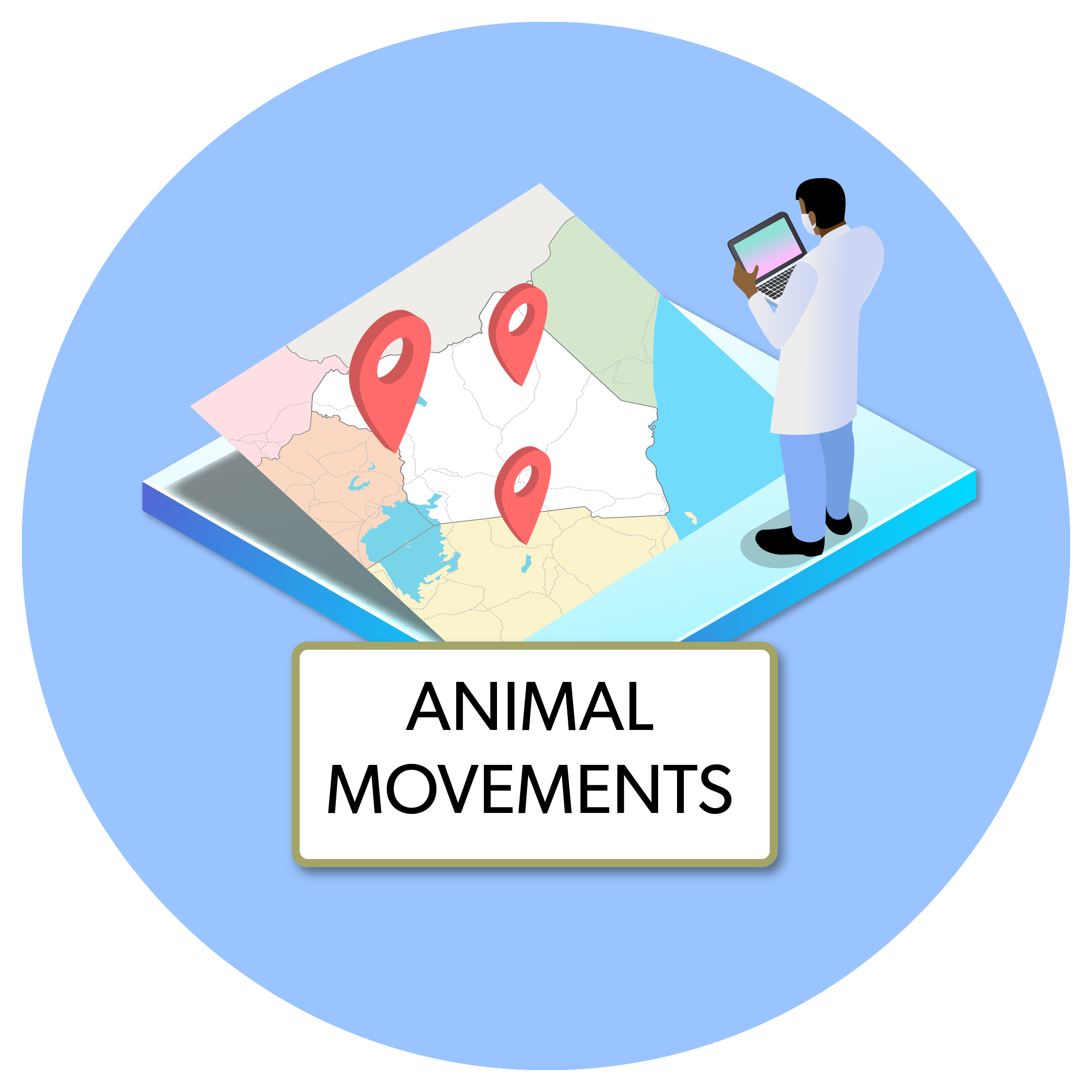 A large proportion of CBPP outbreak cases can be attributed to cattle movements, said ILRI scientist James Akoko.
A large proportion of CBPP outbreak cases can be attributed to cattle movements, said ILRI scientist James Akoko.
Pastoral cattle farming means animals are constantly moved between counties to reach grazing grounds and facilities like markets, watering holes and slaughterhouses, potentially mingling infected and susceptible animals. Movements also happen in response to extreme weather patterns, especially drought.
To eradicate CBPP it will be vital to track animal movements to trace vaccinated and unvaccinated animals. This will require a central digital system to keep track of farmers’ movement permits.
Surveillance efforts also need to consider how cattle are also moved across country borders.
Costs
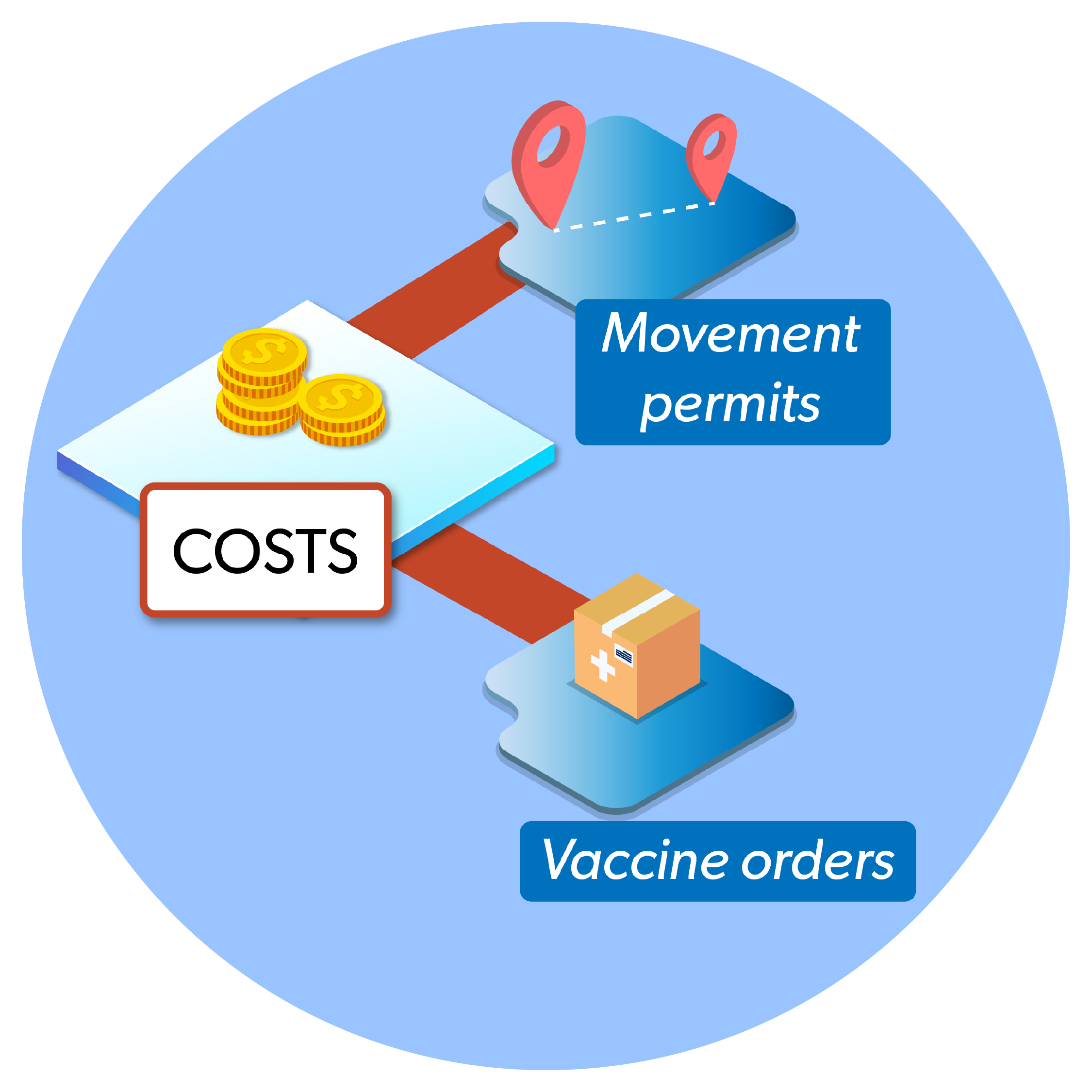 Costs are an issue not only for farmers, but also the county governments. County representatives at the workshop spoke of the difficulty in allotting yearly budgets to sufficient vaccine orders. Bulk vaccines orders also require storage, and the vaccine has a short shelf life of only one year.
Costs are an issue not only for farmers, but also the county governments. County representatives at the workshop spoke of the difficulty in allotting yearly budgets to sufficient vaccine orders. Bulk vaccines orders also require storage, and the vaccine has a short shelf life of only one year.
Participants also suggested the DVS consider standardizing prices for animal movement permits between counties.
Communicating with farmers
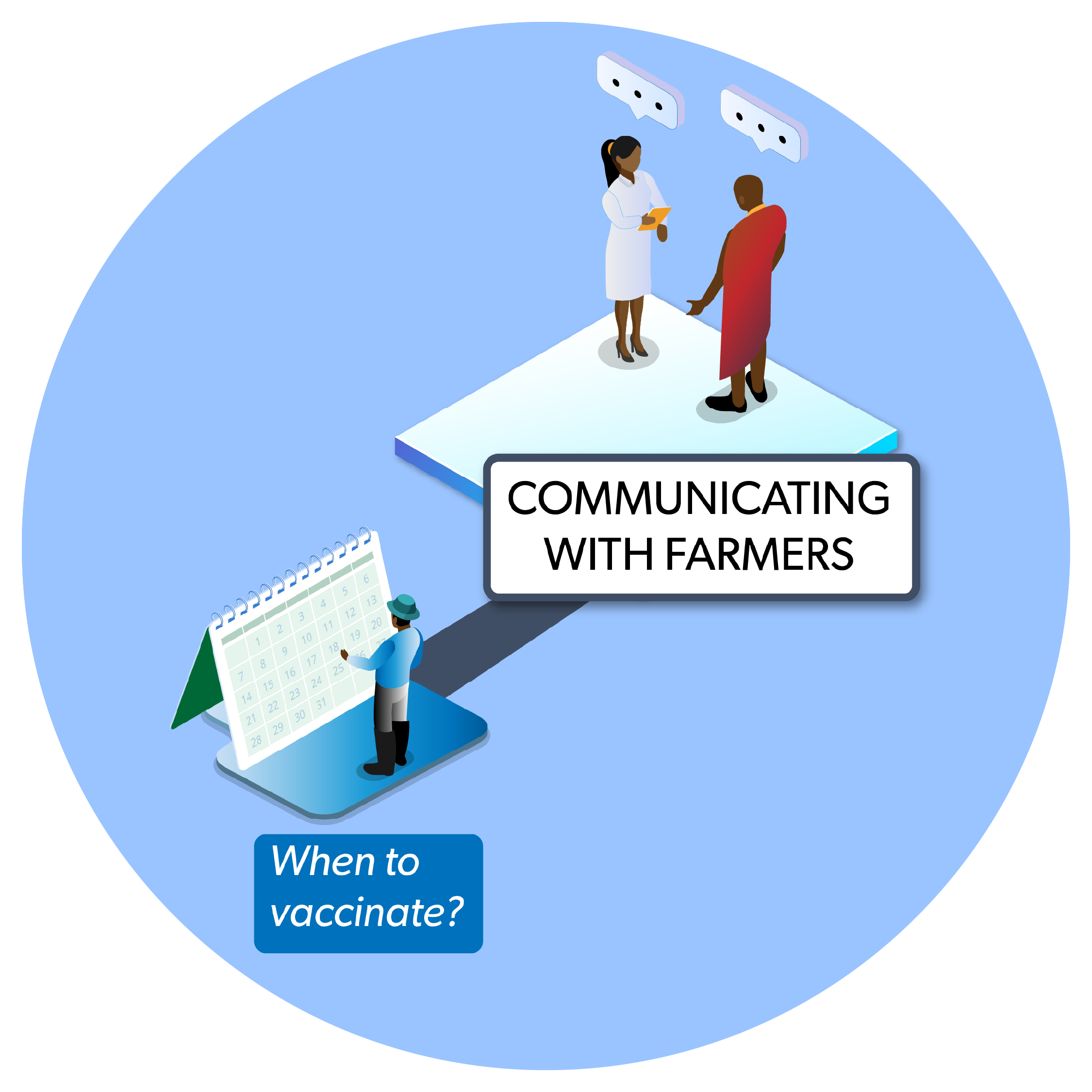 Eradicating CBPP needs the help of farmers, too. Farmers need to understand why they should report movements, and suspected infections. They need confidence in the cost-benefit ratio of the vaccine, to know where and when to obtain it, and understand when to bring their animals back for vaccination. Researchers, officials and veterinary workers will need to work with farmer representatives to provide clear advice and information.
Eradicating CBPP needs the help of farmers, too. Farmers need to understand why they should report movements, and suspected infections. They need confidence in the cost-benefit ratio of the vaccine, to know where and when to obtain it, and understand when to bring their animals back for vaccination. Researchers, officials and veterinary workers will need to work with farmer representatives to provide clear advice and information.
Modelling transmission
 Researchers will collect data from controlled field trials to calculate how CBPP transmission dynamics are affected under a range of interventions; vaccination, a combination of treatment and vaccination, and an untreated group.
Researchers will collect data from controlled field trials to calculate how CBPP transmission dynamics are affected under a range of interventions; vaccination, a combination of treatment and vaccination, and an untreated group.
It will be key to track herd movements and interactions, and gather data from slaughterhouses to see how the wider area and other herds may be affected.
Which study site?
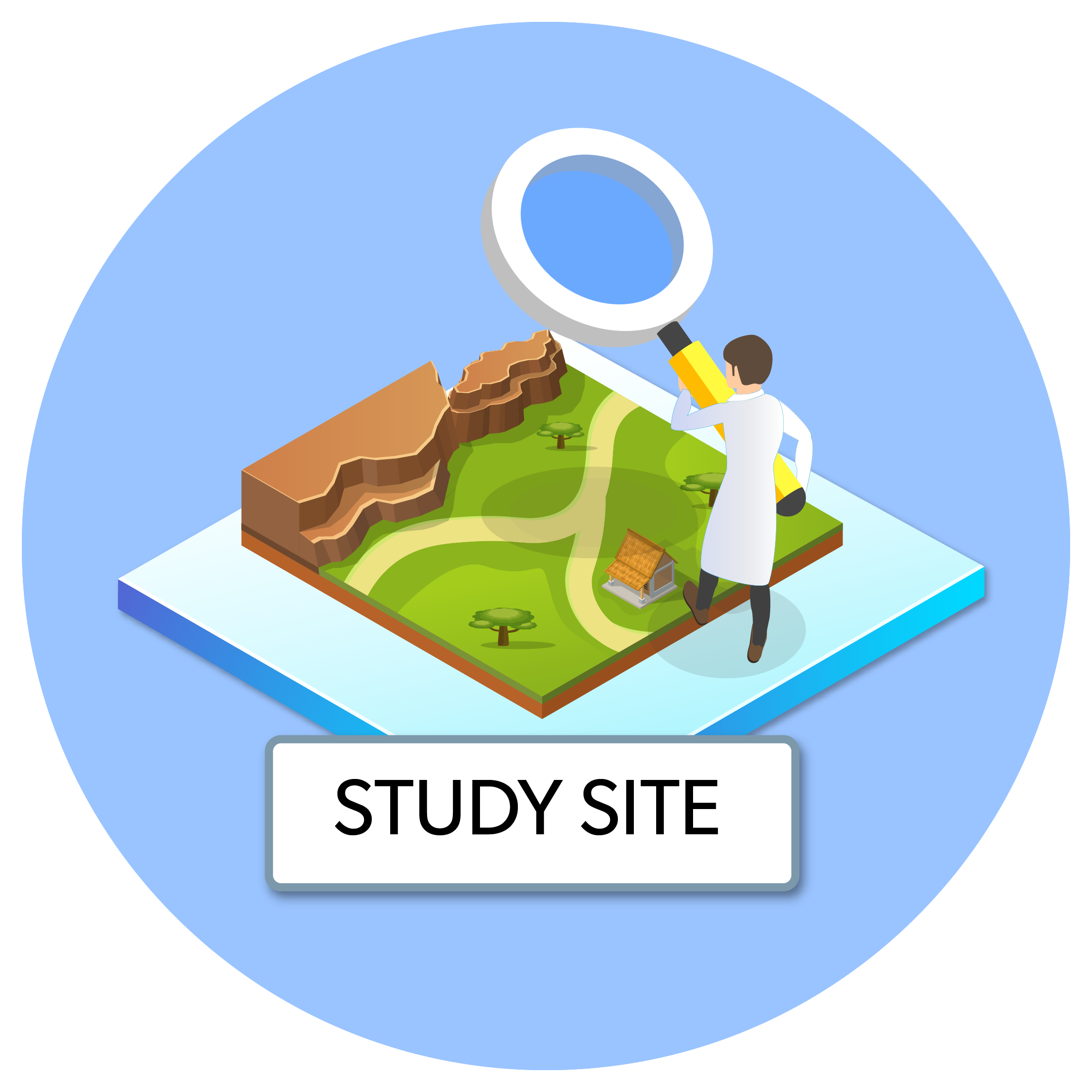 The project will need an ideal field trial site. Participants decided it should have both pastoral and agro-pastoral production systems, close to veterinary services, good security, available vaccines, and mappable livestock routes.
The project will need an ideal field trial site. Participants decided it should have both pastoral and agro-pastoral production systems, close to veterinary services, good security, available vaccines, and mappable livestock routes.
The area will also be selected using an updated CBPP risk map that is currently being developed with data generated from a national survey of cattle in Kenya in 2021-22.
Looking to the future
Eradicating CBPP from Kenya would reduce economic losses, from the level of smallholder farmers reliant on the meat and milk of their animals, to the country as a whole which could save millions of USD and see enhanced international trade opportunities. It would build better nutrition and food security for communities, and reduce animal deaths and suffering, making farming more sustainable and higher welfare. The path to eradication will also strengthen veterinary services and capacity, better collaboration for disease surveillance, and reduced misuse of antibiotics in livestock, contributing to the fight against AMR.
In closing remarks one of the deputy directors of the DVS thanked participants for attending, and ILRI for coming up with the mission to address CBPP. All would look forward to the final commencement of the project and will be optimistic for a good outcome, he concluded.
The workshop was attended by the DVS, county directors and representatives of veterinary services from Narok, Kajiado, Nakuru, Samburu, Isiolo, Marsabit, Nakuru, Tana River, Turkana, and Wajir, KEVEVAPI, KALRO, and RVIL Garissa.
You may also like
Related Publications

Mastitis in goats: A comprehensive systematic review and meta-analysis of prevalence and the pathogens
- Tibebu, A.
- Teshome, Y.
- Tamrat, H.
- Bahiru, A.
- Yitbarek, T.
- Moliso, Mesfin M.
- Assefa, Ayalew

Review and comprehensive analysis of knowledge, tools, and implementation gaps for the control of contagious bovine pleuropneumonia
- Manso-Silván, L.
- Amanfu, W.
- Apolloni, A.
- Comtet, L.
- Heller, M.
- Muuka, G.M.
- Rafi, L.
- Rich, Karl M.
- Sacchini, F.
- Schieck, Elise
- Totté, P.
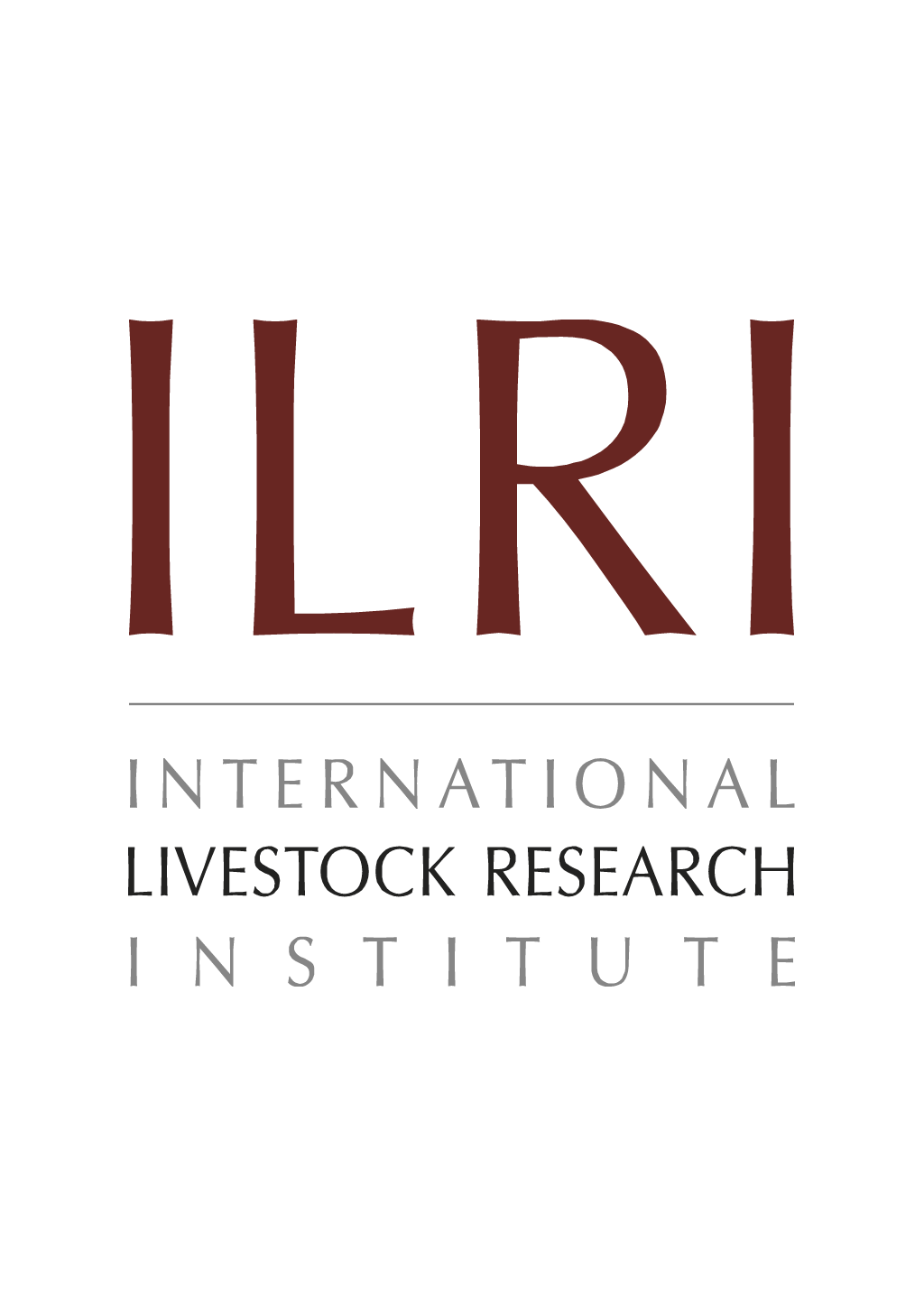
Overcoming Newcastle disease in rural family poultry: evaluating vaccine efficacy and field challenges in Burkina Faso
- Ouedraogo, A.
- Dione, Michel M.
- Ouoba, L.B.
- Ilboudo, Guy S.
- Ouedraogo, Brice
- Mungadi, H.U.
- Alders, R.
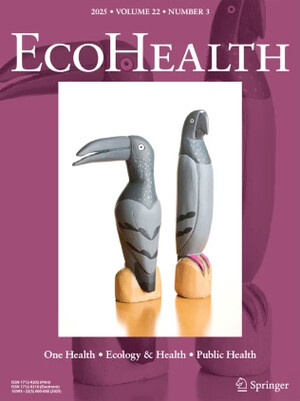
Disease risks for restoring endangered Sahelo-Saharan antelope: A literature review
- Ellis, L.
- Yu, J.H.
- Mertes, K.
- Cox, S.
- Desamours, I.
- Abakar, M.F.
- Pesci, M.E.
- Sikli, L.
- Cook, Elizabeth A.J.
- Zimmerman, D.


